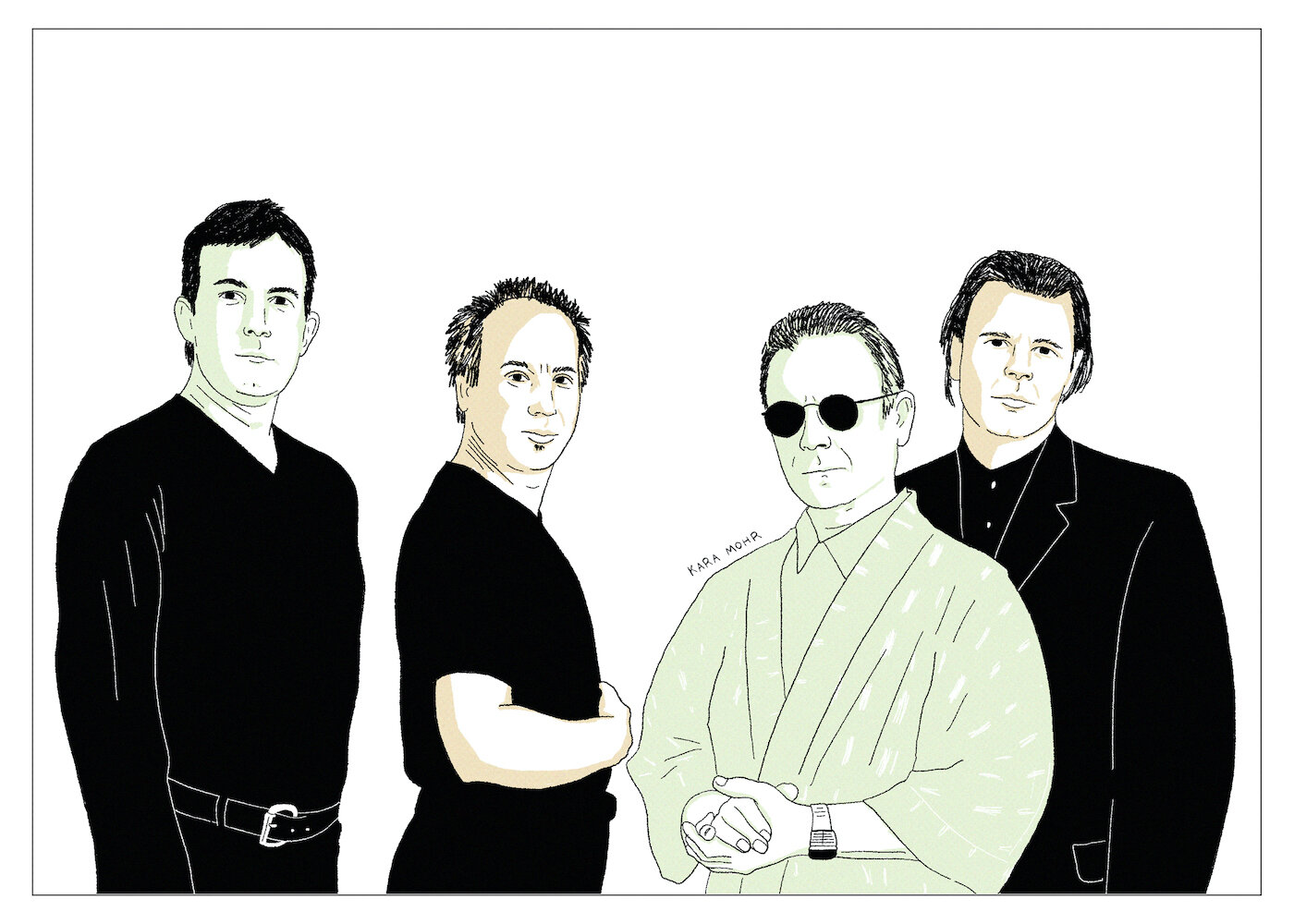
King Crimson “The Power to Believe”
Following their quirky, Belew-ish permutation in the 80s, King Crimson was reborn a decade later — harsher and, amazingly, more obtuse. As a casual listener, their final run from 1995 to 2003 sounds like music made for consideration rather than enjoyment. Nonetheless, I put my thinking cap on and tried my best with all of the albums from that period. And this arduous seeking led me to 2003’s “The Power to Believe,” Crimson’s final studio album (to date). If I was ever going to find meaning in King Crimson, surely it would be there — in Fripp’s closing statement. It simply had to be there.
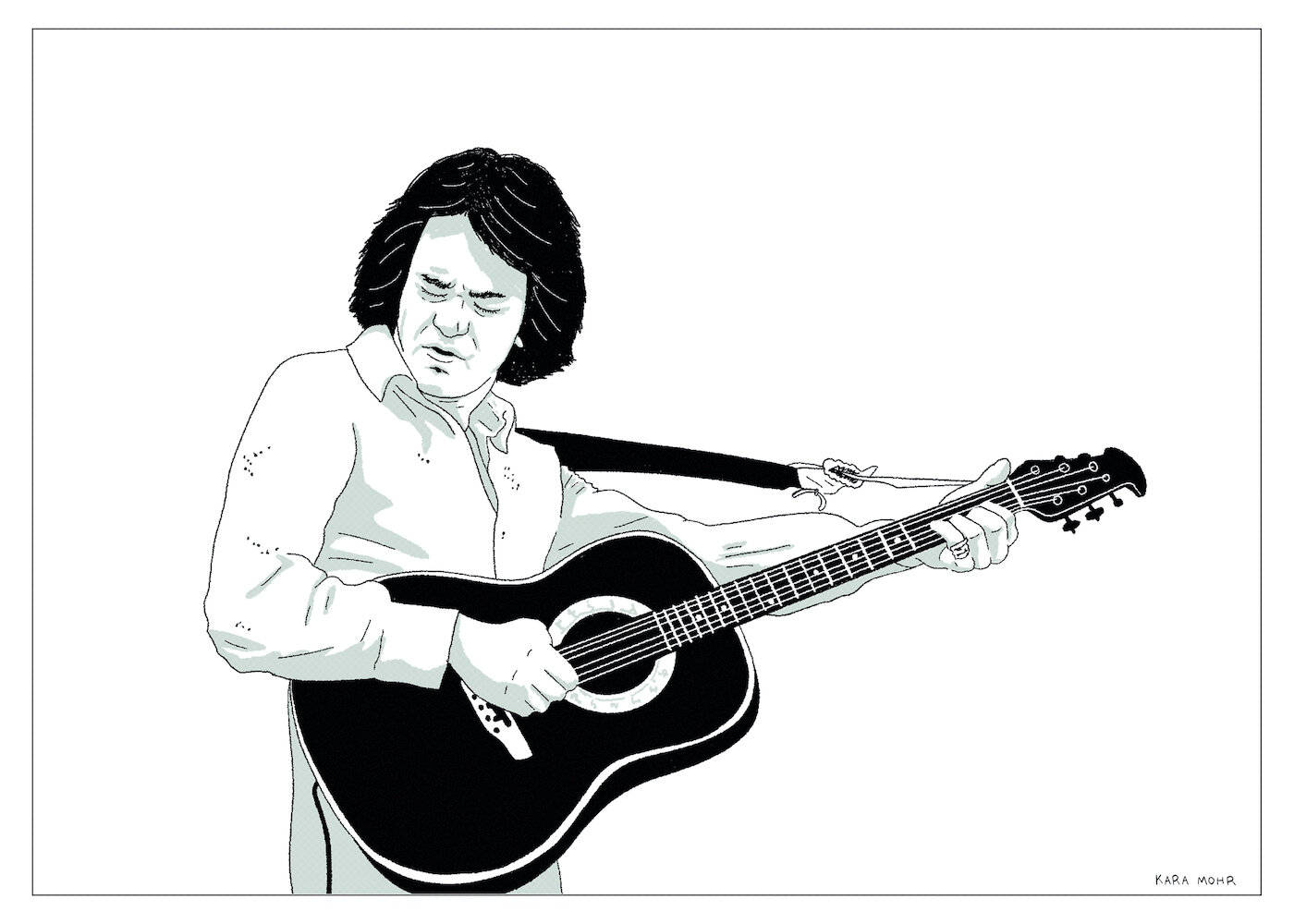
Neil Diamond “Heartlight”
Although it was not apparent at the time, Neil Diamond was on the verge of a slump as the 1980s approached. A sub-tectonic struggle was being waged between Neil Diamond, Contemporary Adult, and the emerging radio format known as “Adult Contemporary.” 1982, with the release of “Heartlight,” proved to be the year in which the movement swallowed its leader.
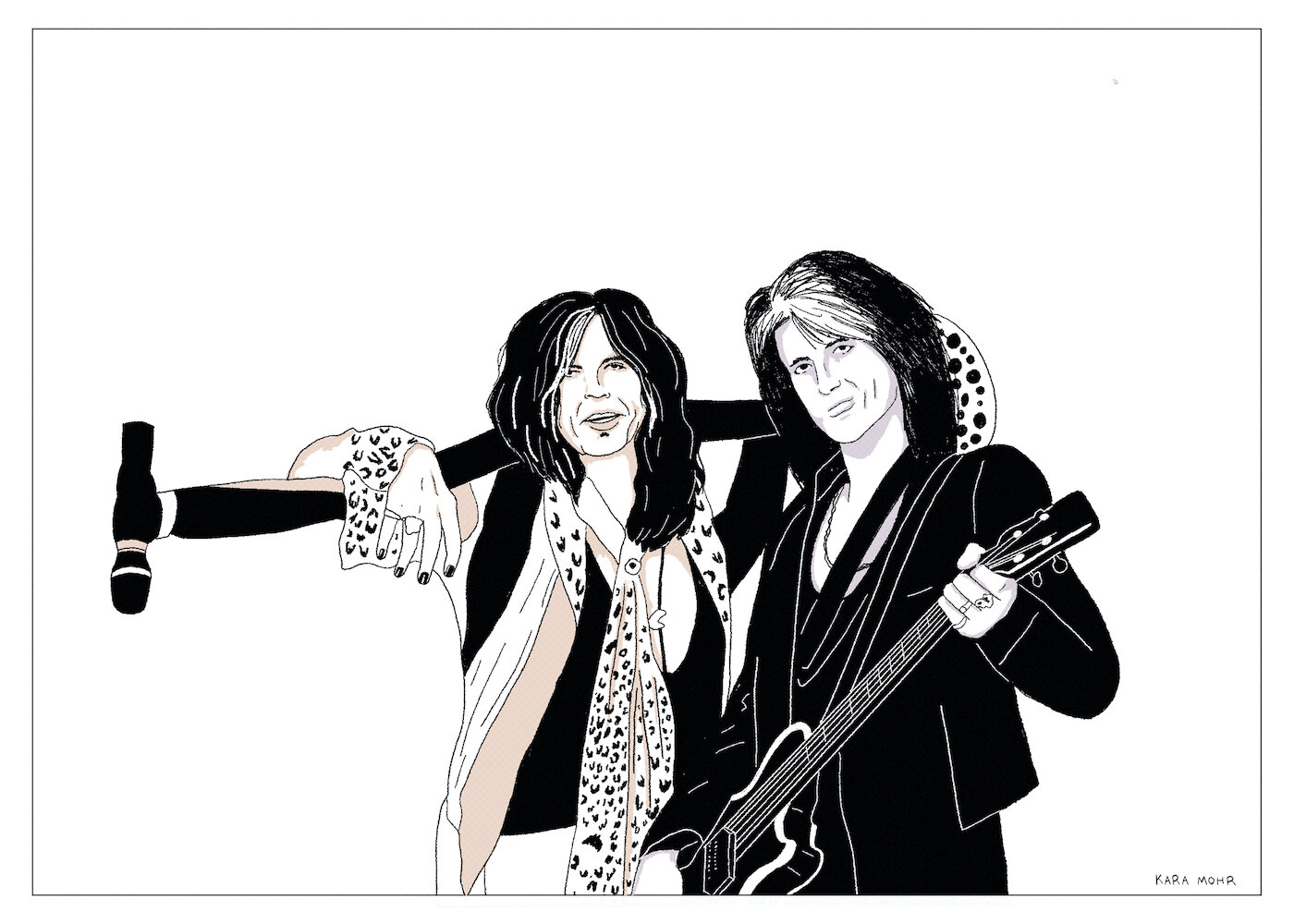
Aerosmith “Music from Another Dimension”
In the 1990s, Aerosmith transformed from almost has-beens to American Rock gods to, eventually, international superstars; all on account of their skyscraping ballads. However, following 2001’s “Just Push Play” and a Super Bowl halftime victory lap, it appeared that the years of baggage had them buckling under the weight. There would be no new music for a decade. But, eventually, the unkillable band lumbered into a studio in the summer of 2011 to record “Music from Another Dimension.”
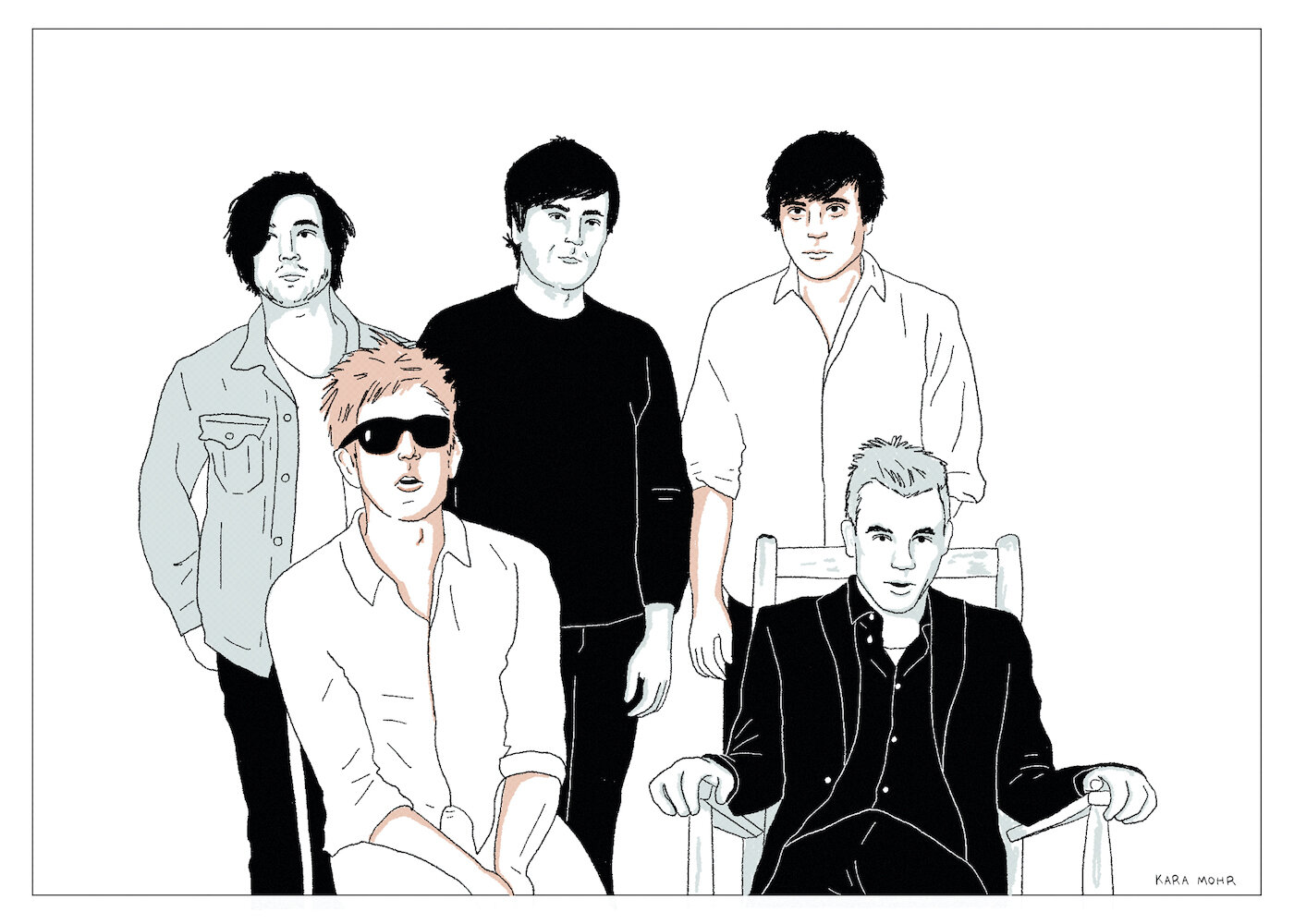
Spoon “They Want My Soul”
Though he strikes a formidable pose in concert and in photos, Britt Daniel is an unlikely, and grudging celebrity. By 2011, and against all odds, he was in a full blown relationship with stardom. And Britt maybe wanted to break up. Divine Fits seemed like the perfect distraction — all fun and little fame. It seemed like exactly what he needed. It may have been close. But, it was evidently not enough. The evidence, in this case, is Spoon’s 2014 release, “They Want My Soul.”
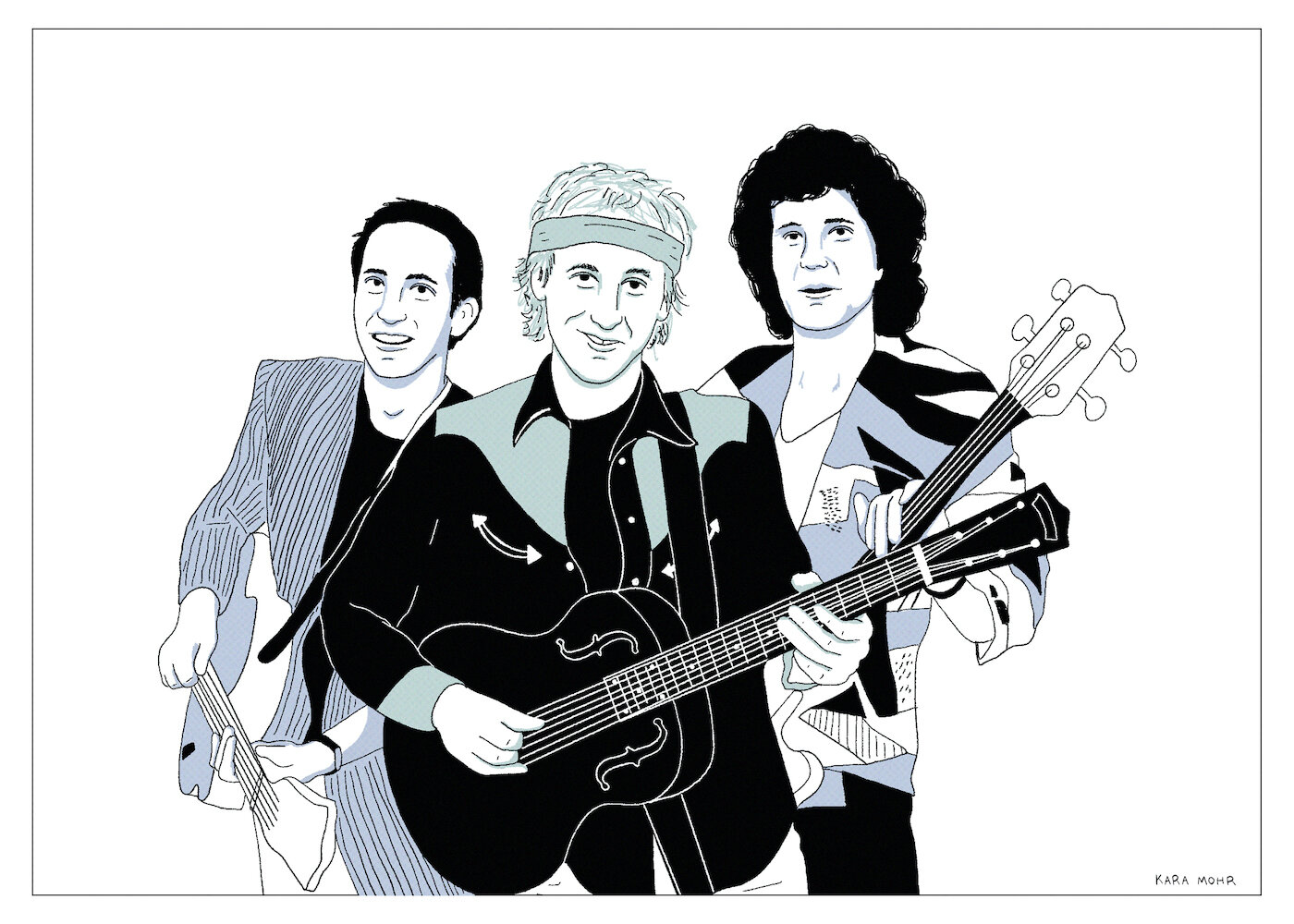
Dire Straits “On Every Street”
Dire Straits started as an anomaly. They were New Wave in design but more Folk and Country in engineering. They had a singer who couldn’t sing but who sounded great, and who also happened to also be a hell of a guitarist. For years, they achieved great success, without the trappings of fame. And all of this was well and good until 1985, when Dire Straits accidentally became the biggest Rock band in the world. Three years later, Mark Knopfler put Dire Straits on the shelf only to then, reluctantly, come back for one final album. It’s unclear whether the reformation was born out of affection or loyalty or inertia. But, whatever it was, Knopfler felt that there was unfinished business.

Jethro Tull “J-Tull Dot Com”
In the 90s, as Ian Anderson’s voice and body began to suffer, one could hear Jethro Tull slowing down. The albums were still ambitious and flute-filled and warmly received by Progressive Rock fans, but they were also less frequent. And, as time passed, Anderson’s voice no longer growled. Rather, it politely narrated the spaces in between his gymnastic melodies. The end of the Renaissance Fair came in 1999, with “J-Tull Dot Com.” a nominally conceptual album slash website advertisement that is just barely better than its title suggests.
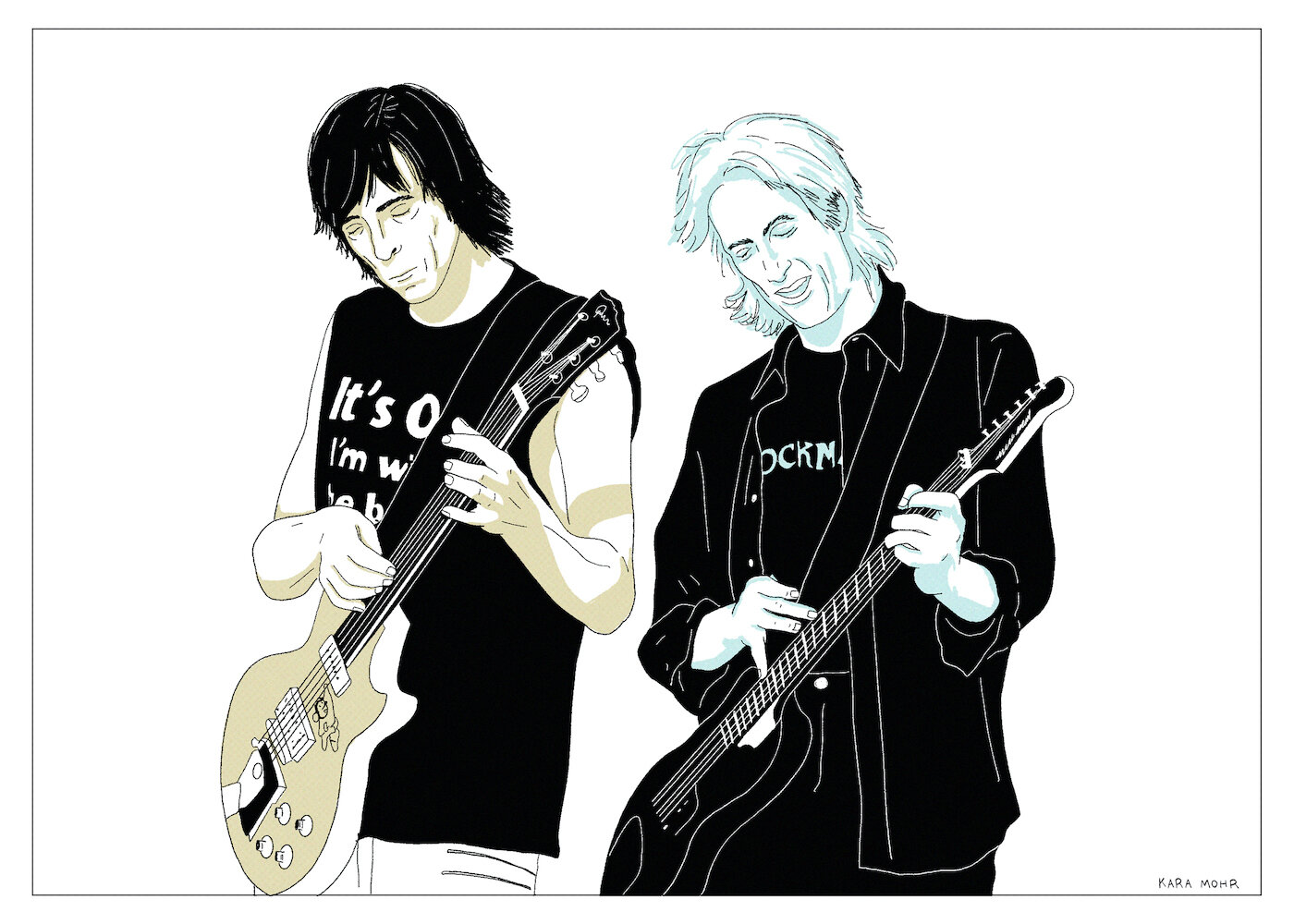
Boston “Walk On”
Like the great Patriots teams of the twenty first century, Boston, the band, had a “next man up” ethos. Guitarist, producer and mastermind Tom Scholz had his system. No man, not even lead singer Brad Delp, was irreplaceable. But Scholz platinum selling system was tested in 1994’s “Walk On.” Could they still be great without Delp? Moreover, in a world that passed them over in favor of Alternative Rock and Hip Hop, could Boston even be relevant in 1994? The cover of “Walk On,” on which the famous Boston spaceship crashes into some uninhabited planet, seemed to portend disaster ahead.
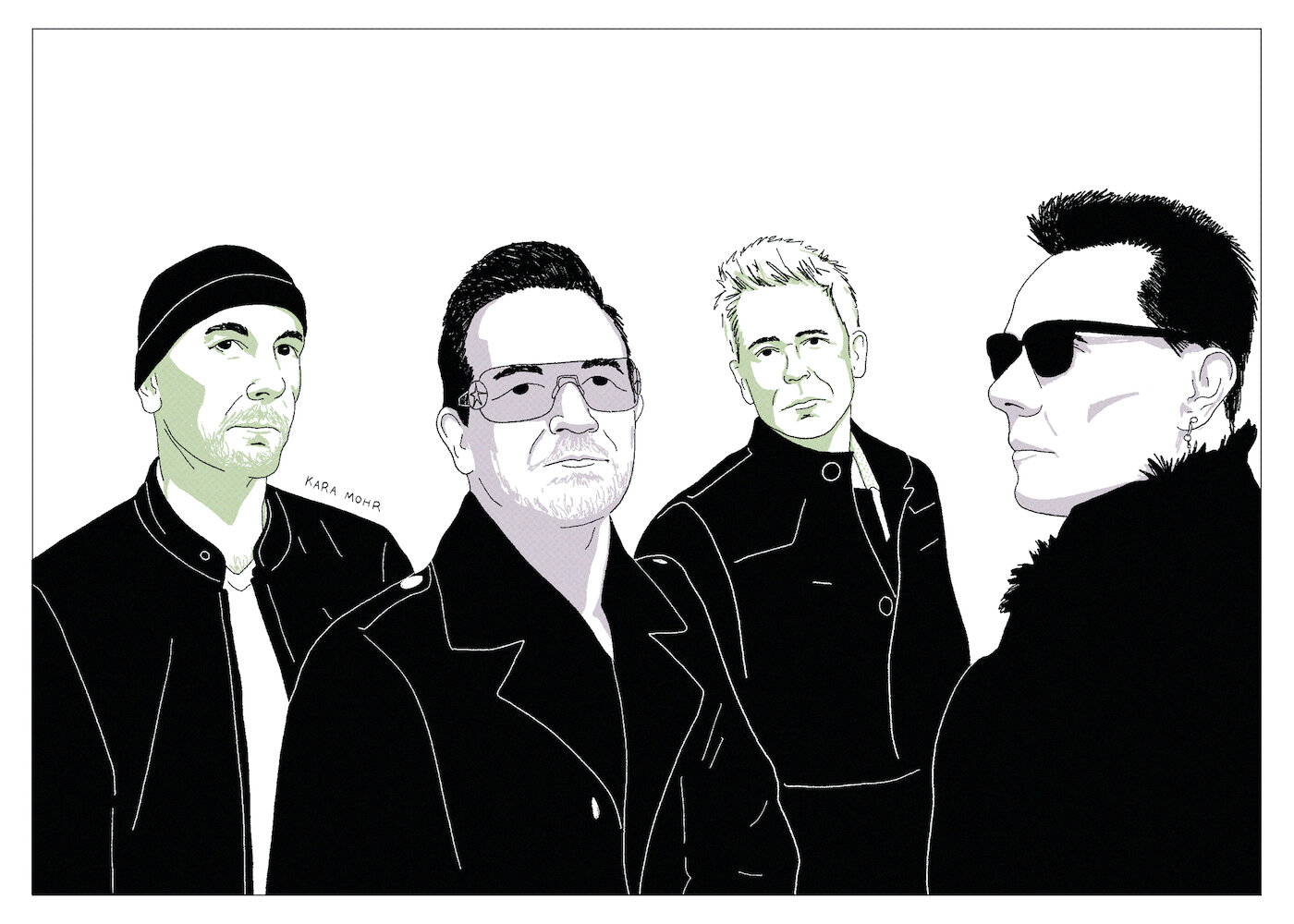
U2 “Songs of Innocence”
The colossal disaster that was the Apple / U2 “Songs of Innocence” campaign has been thoroughly considered by music critics, business writers and technologists. In conjunction with the release of the iPhone 6, it was revealed that all iTunes subscribers would receive a free digital copy of the new U2 album. To many, the promotion was akin to fancy spam. In fact, with the click of a few buttons, Apple and U2 managed to annoy roughly 5% of the Earth’s population. In 2014, for weeks on end, I was reminded of this botched cyber-intrusion through the pairing of my iPhone and my car stereo. It would take me seven years to return to the scene of the crime.
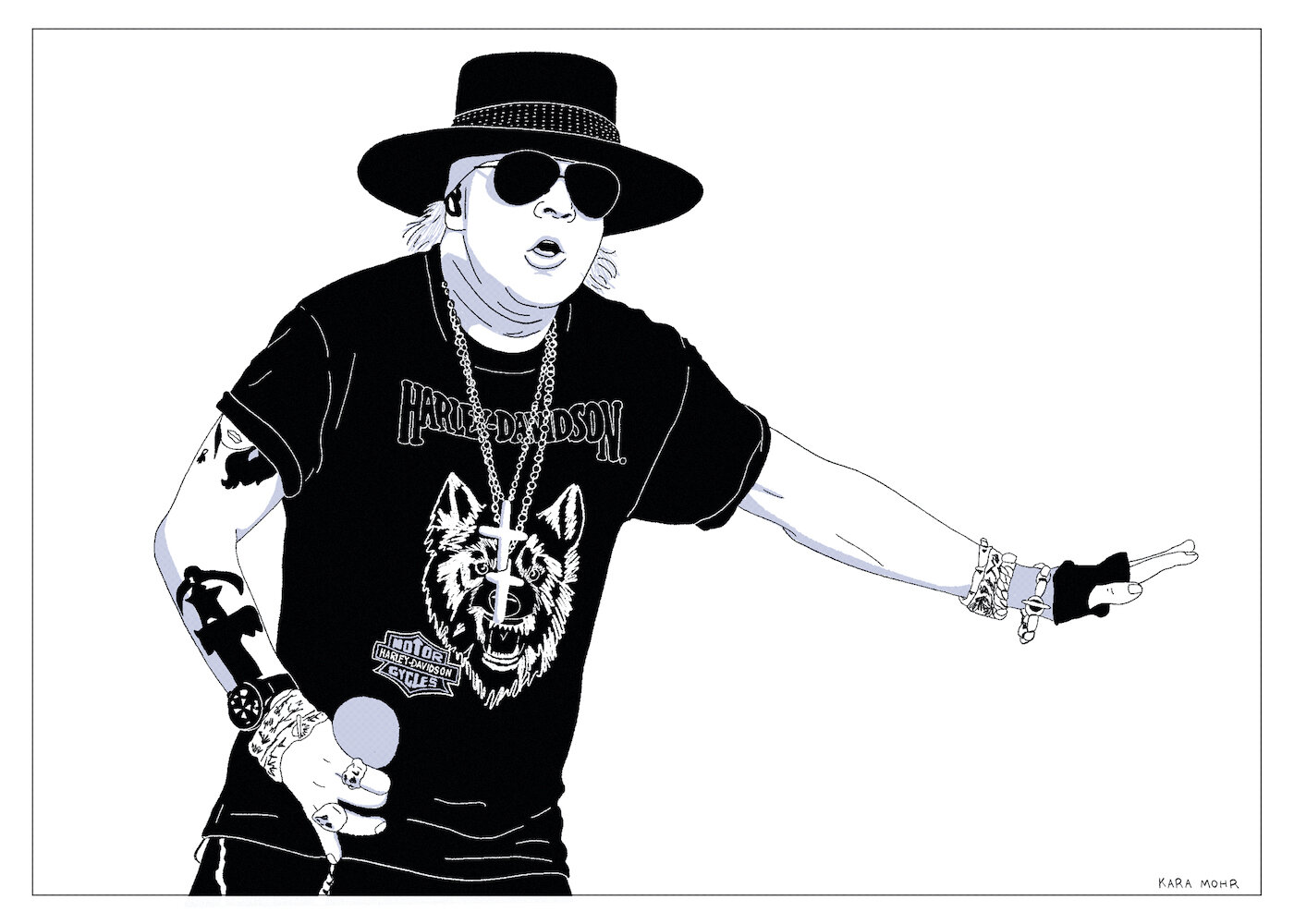
Guns N’ Roses “Chinese Democracy”
The history of “Chinese Democracy” is both exceedingly well-documented and a mystery that resides only inside the Alx Rose’s mind. Almost everything I have read about the album, I receive suspiciously, assuming it’s less than half truth. And yet, I kind of believe all of it. It is a story so complex and bombastic that it is a wonder it has not yet been made into a film. It might, in fact, be a story too sprawling and epic for film. Unless, that is, Michael Bay is at the helm. “Chinese Democracy” could make “Armageddon” seem as darling and contained as a Wes Anderson movie.

Nine Inch Nails “Bad Witch”
Between 2016 and 2018, Nine Inch Nails would release three products, all born out of a dialogue between Trent Reznor and Atticus Ross, but mostly between Reznor and Reznor. The first two of these releases were billed as EPs (“Extended Plays”) and did not eclipse thirty minutes in length. “Bad Witch,” the final piece, consumed with Jazz and David Bowie, is still only six songs and thirty-one minutes long. Taken separately, these records are heady, experimental statements, but also somewhat ephemeral. Taken collectively, however, they are are as considered and challenging as any album from Radiohead, Public Enemy, Brian Eno or, even, David Bowie, himself.
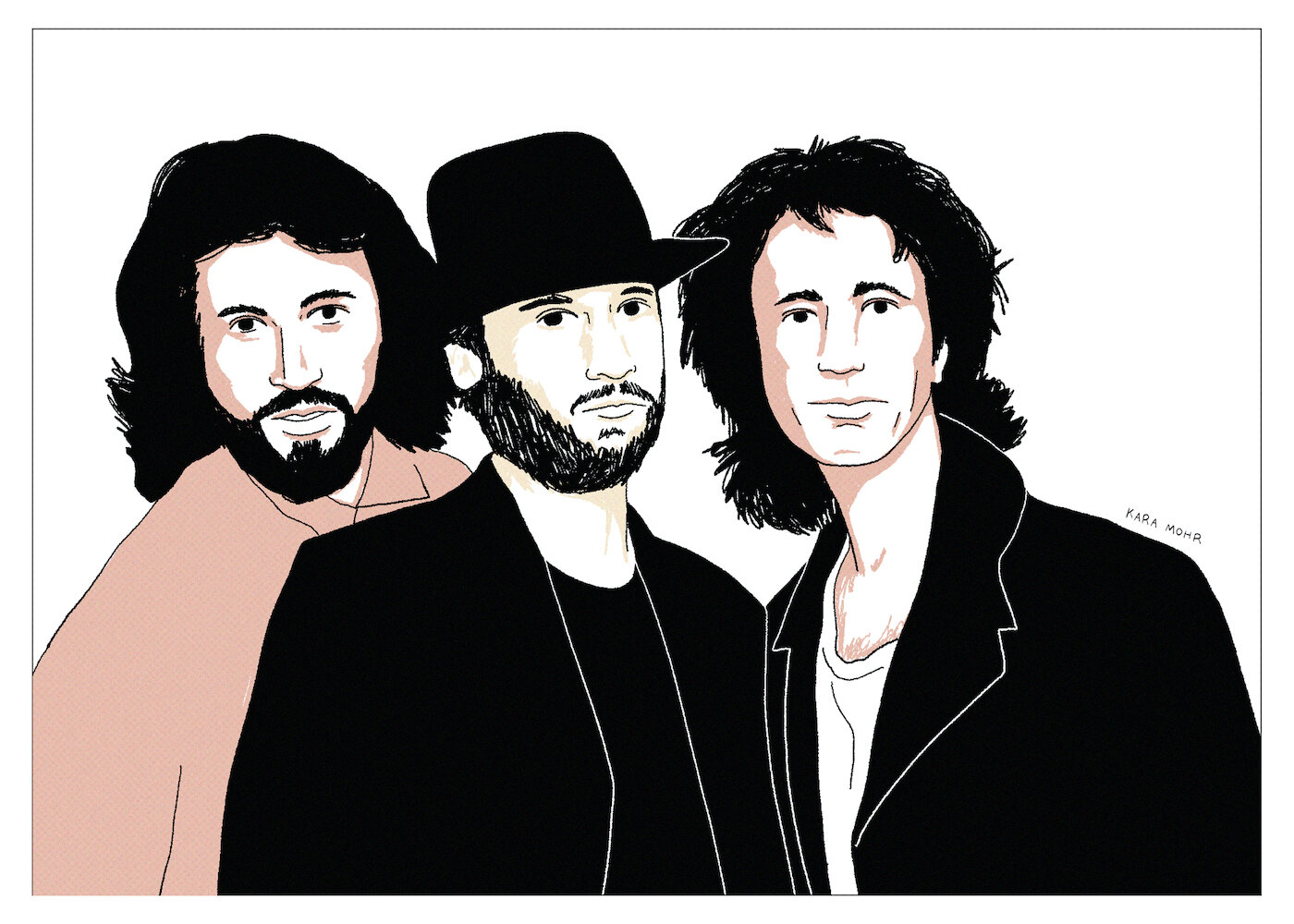
Bee Gees “E.S.P.”
In the mid-80s, having survived the disco revulsion on the wings of Barry Gibb’s songwriting for hire, the Bee Gees began work on a comeback album. However, the Gibbs were now on the cusp of middle-age. They had each grown up and grown apart. Barry turned forty in 1986. His once luxuriant mane had receded. Robin fixed his teeth. Maurice went to rehab. Amid the struggle of revisiting old muscles and older wounds, the band released “E.S.P.” in 1987, their first full length album in six years.
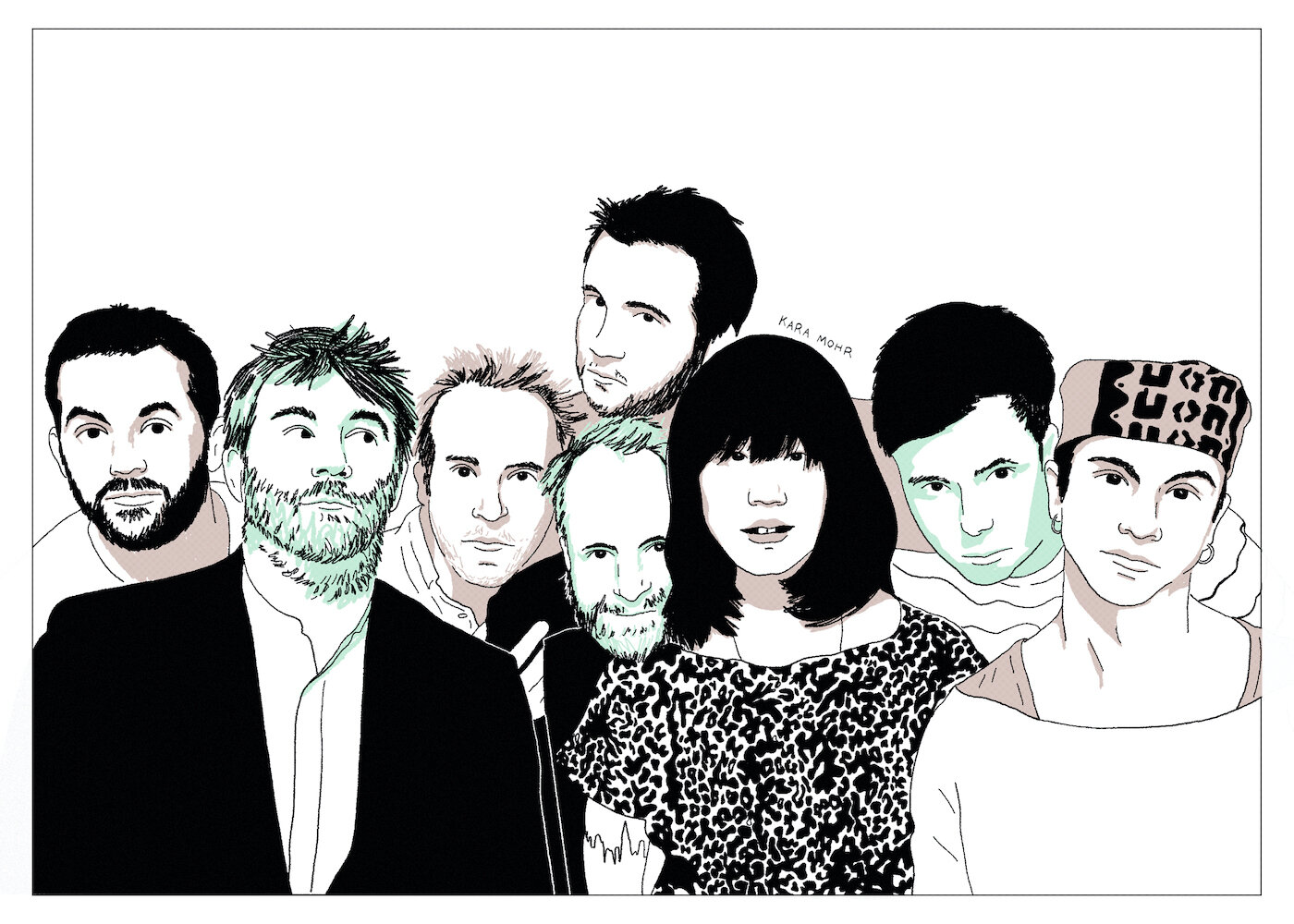
LCD Soundsystem “American Dream”
The first time I met James Murphy, we passed each other as he entered the tiny South Williamsburg bathroom that I was exiting. It was 2001. It was very late. It was barely a moment, but I do recall thinking that he looked like an imprecise man. Within a couple of years, I would realize how wrong that impression was. James Murphy, the musician, was impossibly precise. Now, nearly two decades later, I find it hard to conjure any such precision in writing about LCD Soundsystem’s 2017 “reunion” album, “American Dream.” My challenge is in part a challenge of psychiatry -- how well can I parse memories. But it is also a challenge of ego -- how well can I avoid projection without sounding like the desperate subject from “Losing My Edge” or like I am plagiarizing “All My Friends.”
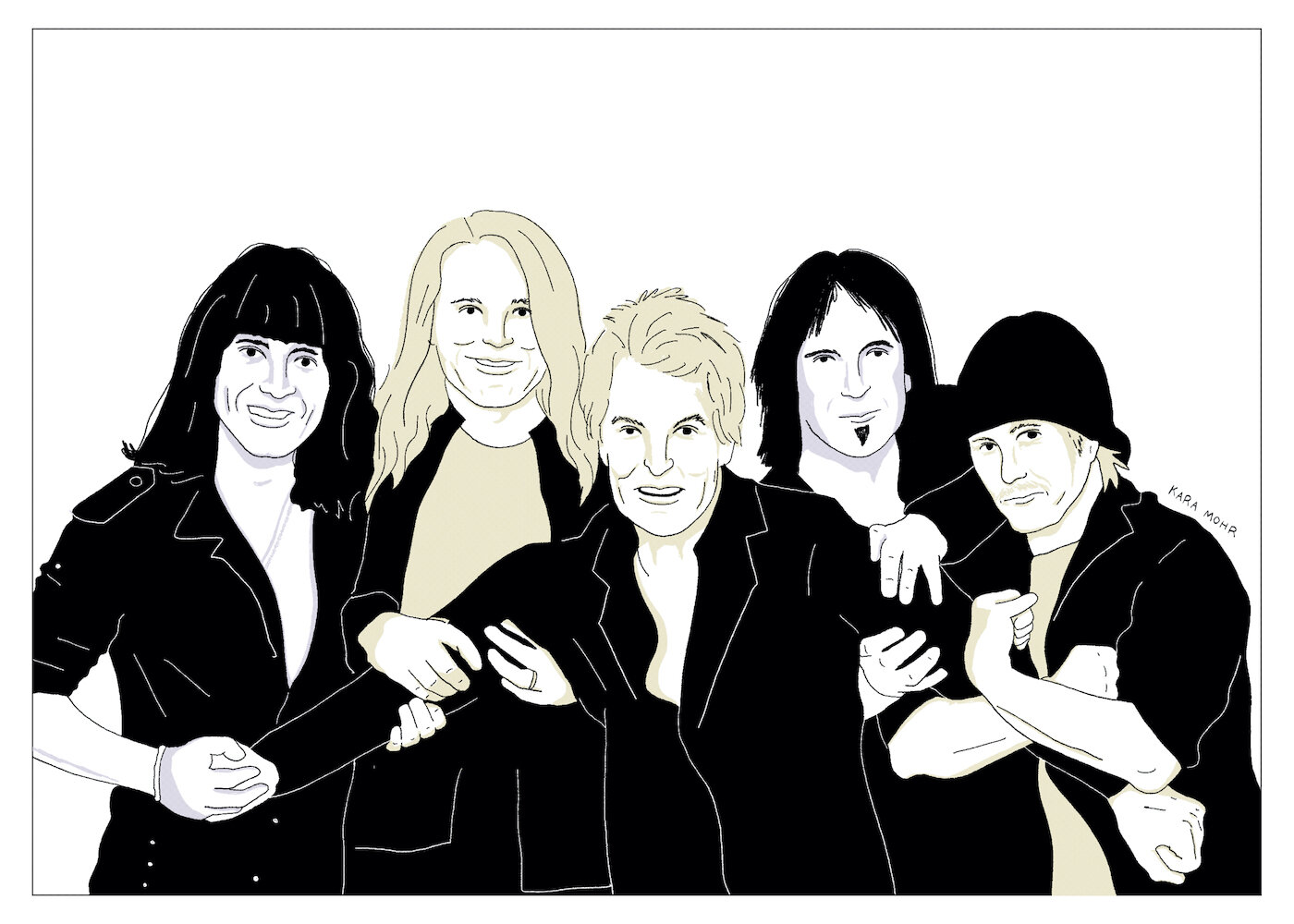
REO Speedwagon “Find Your Own Way Home”
Can it be a coincidence that REO Speedwagon, Styx, Richard Marx and, of course, Chicago all are from (near) the great Second City? Each reached the very top of the charts, sold millions and millions of records, and were both admired for the craft and derided for their sentimentality. To me, it is the triumph of REO Speedwagon that is the most curious and compelling case. On the surface, the story of REO Speedwagon can read like a tale of perseverance. But when you pull at the thread, you discover a band that, a decade into their career, found a Pop “cheat code.” With this code, they made a pair of completely irresistible, loud then quiet, then loud and quiet power ballads that would presage everything from Night Ranger to The Pixies. By the end of the 1980s, the band was decidedly out of fashion, but, amazingly, nowhere near their end.

Yo La Tengo “I Can Hear the Heart Beating as One”
In early 1997, the internet was barely a thing. It was late Clinton era. There was no war. People had jobs. Nothing felt great but everything was “pretty good.” Music, on the other hand, sucked. Those first few months of that year were an odd moment. We were just months away from a seismic event in music, after which, everything would be different. Bigger. More meta. Radiohead would soon release “OK Computer” and Earth would shake. But, just before then, Yo La Tengo did something impossible. On their eighth LP, in middle age no less, the trio from New Jersey quietly, almost reluctantly, became the best band on the planet.
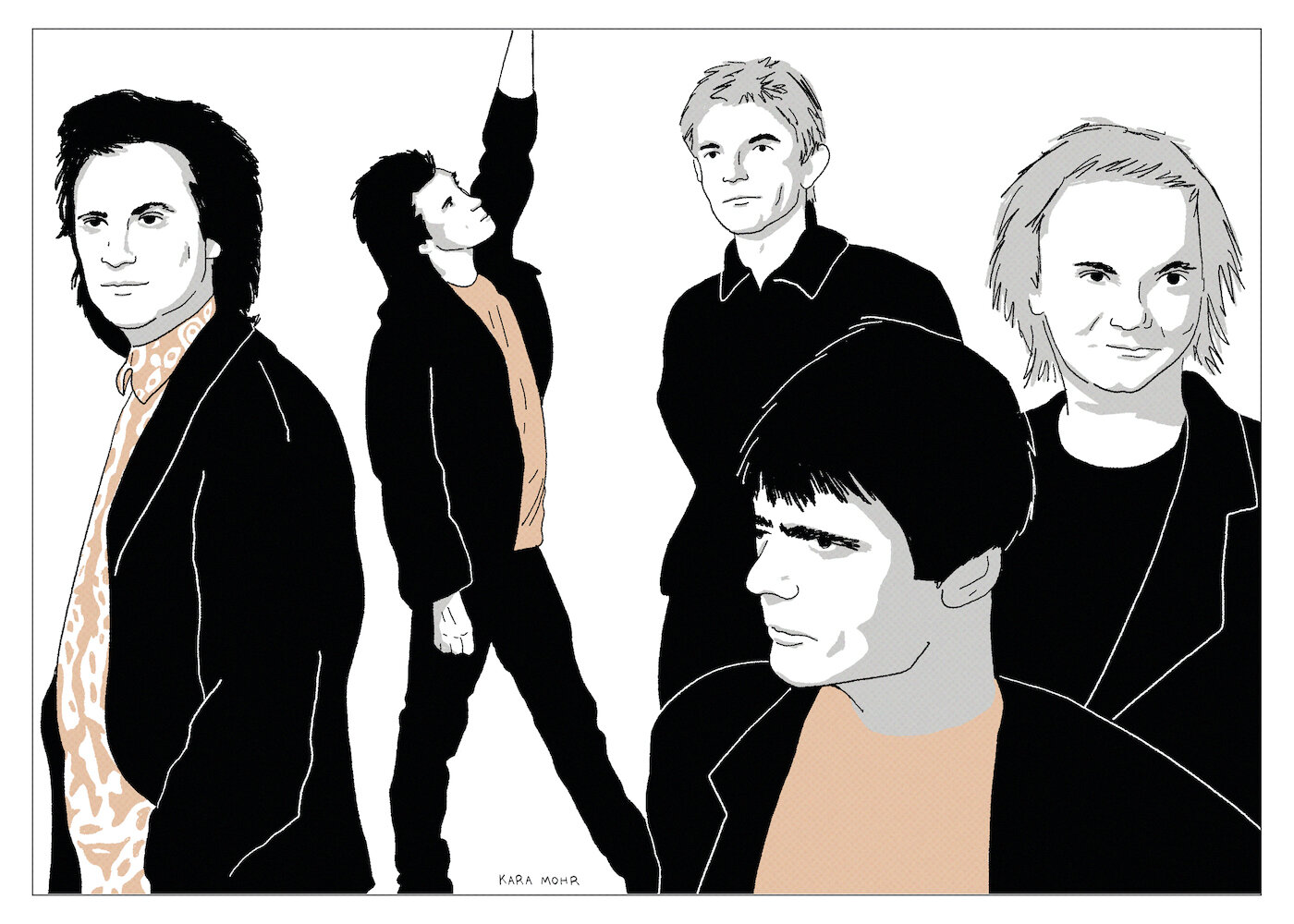
The Kinks “Word of Mouth”
In my tweens, a casual Kinks fan then, I remember seeing the cassette for “Word of Mouth” floating around the bargain bins at the mall. The cover was ghastly, desperately insisting this original British Invasion band was as modern as Duran Duran. It had some Rauchenberg-esque pink lips on it, yellow swooshes — a pop art eyesore. “Word of Mouth” has been described as chasing trends and as containing production that sounds pinched and compressed, even by the 1980’s worst standards. Its songs have been called “forgettable.” Well, I dissent! The album did not have any musical problem, it had a marketing problem.
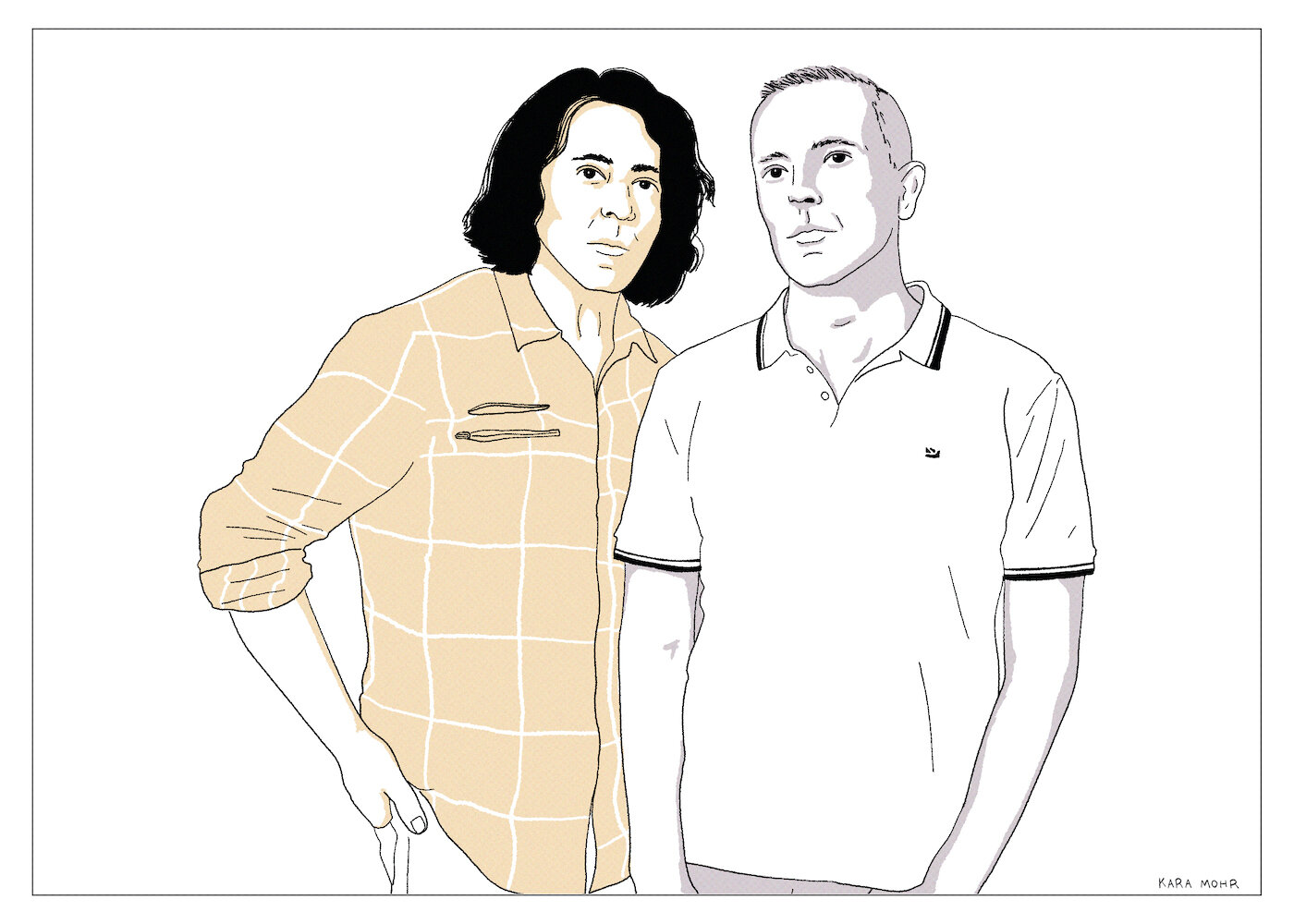
Tears for Fears “Everybody Loves a Happy Ending”
Between “Shout” in 1985 and “Seeds of Love” in 1989, Tears for Fears were among the biggest and most complicated Pop bands in the world. They were the rare group that were as accessible and whole on the surface as they were complex and broken below. In every Tears for Fears song, you can feel that there is deeply personal shit being worked on. You can hear the therapy in the songwriting. But, eventually, the songwriting therapy became more like wrestling. So, while still in their commercial peak, Curtis Smith left the band in 1991. Nearly thirteen years later, the two men returned to the analysis with the “Everybody Loves a Happy Ending.”
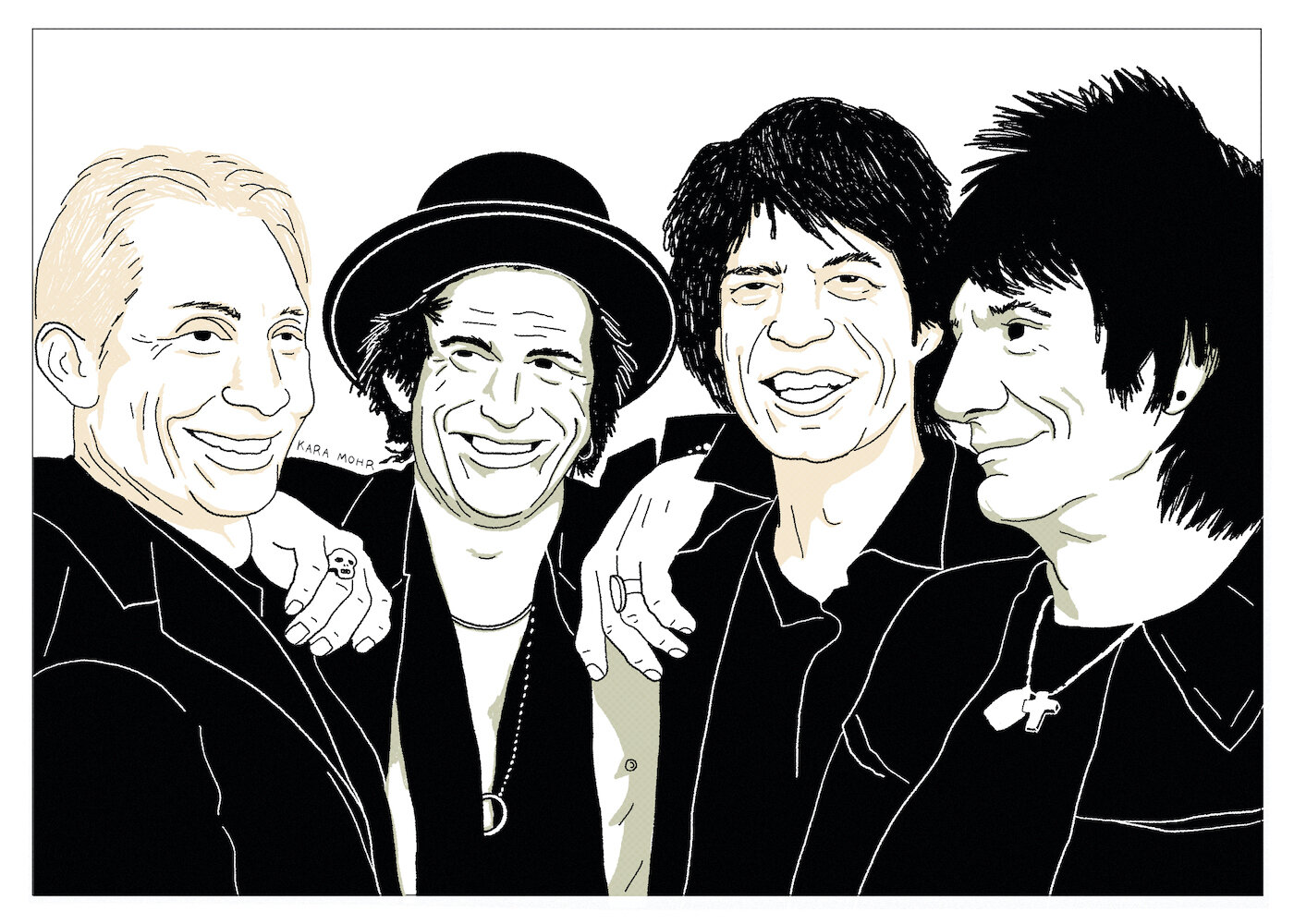
The Rolling Stones “Voodoo Lounge”
For immediate release. The minutes from the 1993 Board of Directors’ meeting for The Rolling Stones, Inc, previously confidential, have now been made public: In July of 1994, The Rolling Stones, Inc. will release a new Product, entitled, “Voodoo Lounge.” It is the first deal that the parent company has transacted since 1989. The Chairman of the Board, Sir Mick Jagger, and the C.E.O. of the company, Sir Keith Richards, were not in attendance but voted in absentia through counsel. Sir Richard Branson, who has secured exclusive marketing and distribution rights for the Product, did attend. A man who identified himself as the driver of the lawyer for Mr. Charlie Watts also attended, and noted that Mr. Watts demanded that the Corporation not embarrass itself, as it had previously with the “Dirt Work” and “Steel Wheels” products.
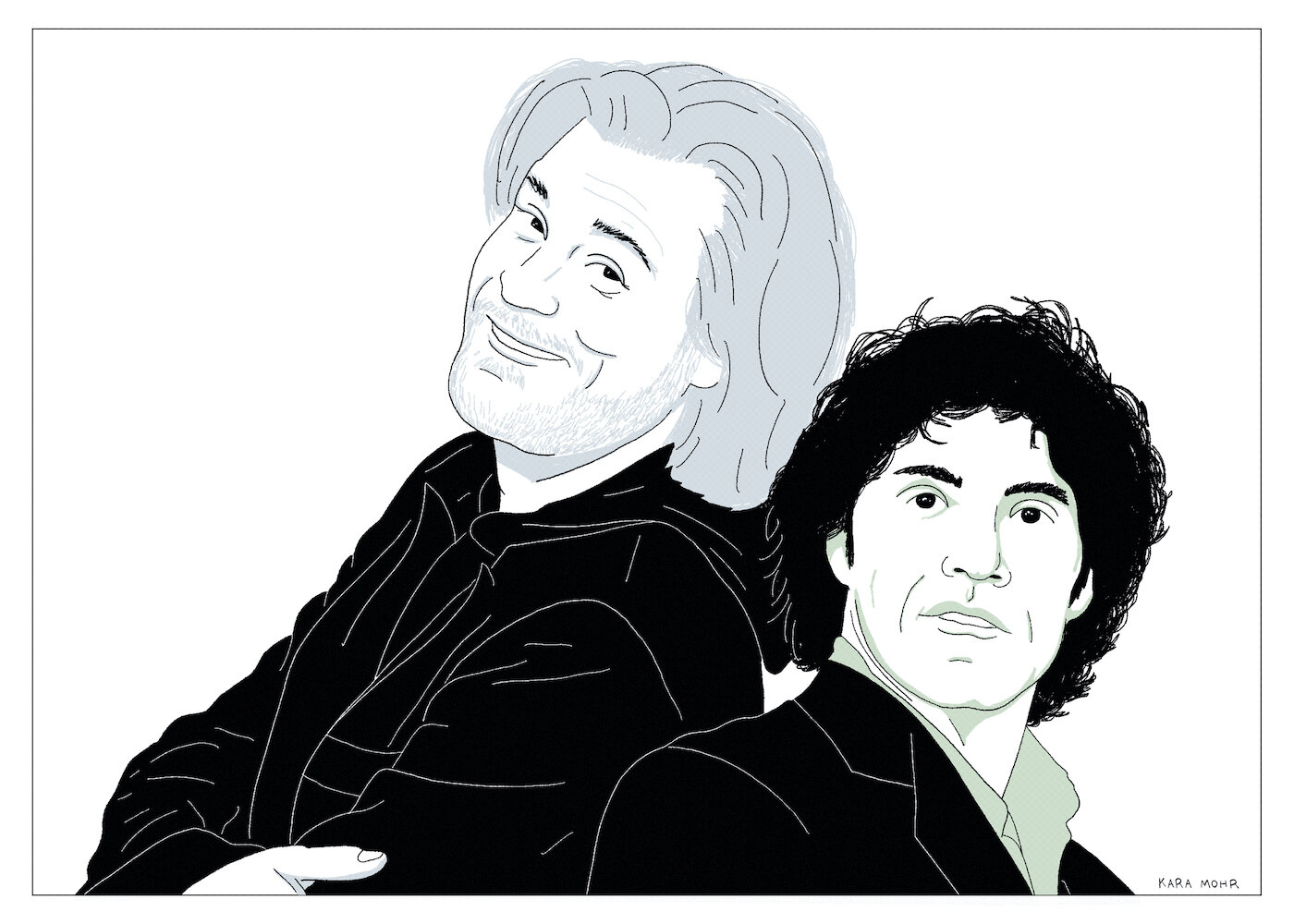
Hall and Oates “Do It for Love”
Beginning in the 1990s, Hall & Oates’ albums became increasingly sporadic. Sales dried up and it seemed plausible that the duo would coast into retirement. Gradually, however, once-suspicious listeners and critics began to reclaim the band. “What was it,” we all wondered, “about Hall & Oates?” Was it simply Darryl’s voice? Was it their perseverance? Honestly, I’m not sure I would have ever discerned the “it” if Hall & Oates stopped making music when they passed their prime. But because they soldiered on, we ultimately got 2003’s “Do It for Love.” And, on that album, the mystery of Hall & Oates gets unlocked. They were a Boy Band all along.

The Ramones “Mondo Bizarro”
Musically, The Ramones were perhaps the most conservative Rock band of all time. Although Johnny was the only political conservative, the band was almost regressive in their world view. Their sameness , however, was also their genius. When they got progressive in the late 80s, their music got lost. In 1992, with the addition of C.J. Ramone on bass, the group recorded and released “Mondo Bizarro,” an album attempts exactly zero new ideas. But it does favorably add to their oeuvre by finding dumb jokes they missed in their teens and by capturing some of the pathos of a band that was both always together and beloved and always alone and unlovable.
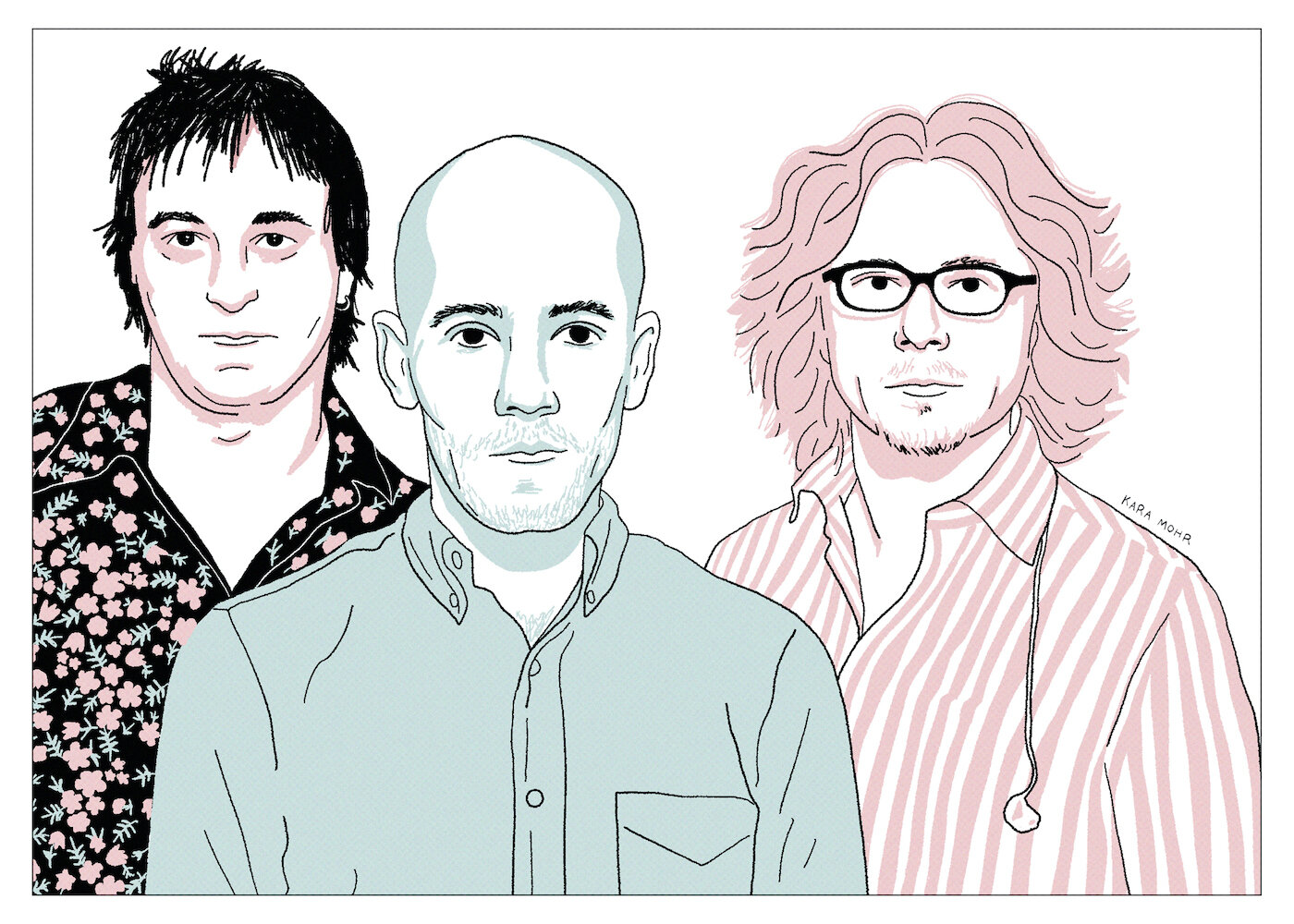
R.E.M. “Around the Sun”
Between 1982 and 1996, in their creative eclecticism and utopian idealism, R.E.M. were the embodiment of Alternative Rock. However, the enduringly great band buckled after drummer Bill Berry left in 1997. By 2004, seven years after Berry departed and just three years after 9/11, R.E.M. was floundering through a deeply personal, middle-aged, anti-Bush, urban ennui. Released in the fall of that year, “Around the Sun” is the plainest album from a band that, previously, was rarely direct and never boring.
